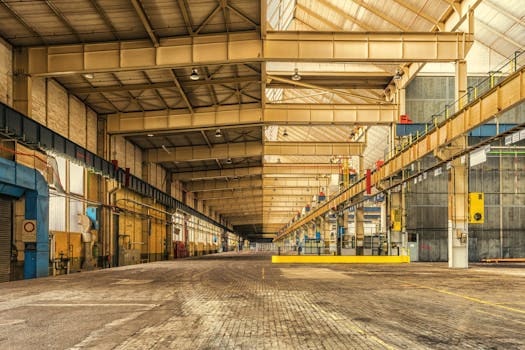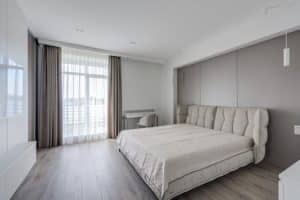From Factory to Fabulous: Industrial Spaces Turned Dream Homes
The industrial revolution of the 18th and 19th century brought about a significant change in the way society functioned. With the rise of factories and mass production, industrial spaces became a symbol of progress and modernity. However, with the advent of technology and changing economic landscapes, many of these factories were abandoned and left to crumble. But, this was not the end for these once bustling industrial spaces. In recent years, they have been given a new lease on life as creative minds have transformed them into stunning dream homes. Join us as we explore the journey of industrial spaces, from factory to fabulous homes.
The Evolution of Industrial Spaces
The industrial sector has always played a crucial role in shaping the world we live in. From the early textile mills to the steel and automobile factories of the 20th century, industrial spaces have been at the forefront of innovation and progress. These buildings were designed with functionality in mind, with large open spaces and sturdy structures to house heavy machinery. However, as technology and business practices advanced, many of these factories became obsolete, leading to their abandonment.
The Rise of Industrial Revival Architecture
As the demand for industrial spaces declined, architects and designers were faced with a challenge: how to repurpose these buildings in a meaningful and sustainable way. This led to the birth of industrial revival architecture, a design movement that seeks to breathe new life into disused industrial spaces.
Industrial revival architecture combines the raw, industrial elements of a building with modern, sleek design features to create unique and innovative living spaces. These projects often involve repurposing old factories, warehouses, and mills into residential properties, giving them a new identity and purpose.
From Factory to Fabulous Homes
The transformation of industrial spaces into dream homes has captured the imagination of homeowners, interior designers, and architects alike. These industrial spaces, which were once seen as drab and cold, have been turned into stunning, one-of-a-kind homes with character and history.
The Charm of Industrial Aesthetics
What makes industrial spaces so appealing for homeowners and designers is the charm of their raw and unfinished aesthetics. High ceilings, exposed brick walls, and original features like beams and columns add a unique touch to these homes. The open floor plans of industrial spaces also allow for flexibility in design and layout, making it easier for homeowners to create their dream home according to their preferences.
Blending Industrial and Modern Elements
One of the most striking features of industrial homes is the juxtaposition of industrial elements with modern features and design. This fusion of old and new creates a dynamic and visually appealing living space. For example, metal and steel structures can be paired with sleek glass fixtures, or exposed brick walls can be combined with modern furnishings to create a stunning contrast.
A Sustainable Living Option
In addition to their unique design appeal, repurposing industrial spaces into homes also has environmental benefits. By giving new life to these buildings, we are reducing the need for new construction, which in turn helps to preserve natural resources. Furthermore, reusing existing buildings helps to reduce waste and pollution, making it a more sustainable living option.
Conclusion
From factories to fabulous homes, industrial spaces have undergone a remarkable evolution, transforming from symbols of the industrial age to modern and unique living spaces. The combination of raw industrial elements with modern design features has resulted in stunning homes that offer character, charm, and sustainability. As we continue to repurpose old industrial buildings, we are not only preserving history but also creating beautiful and functional living spaces. Who knew that the humble factories of the past would one day become our dream homes of the future?










